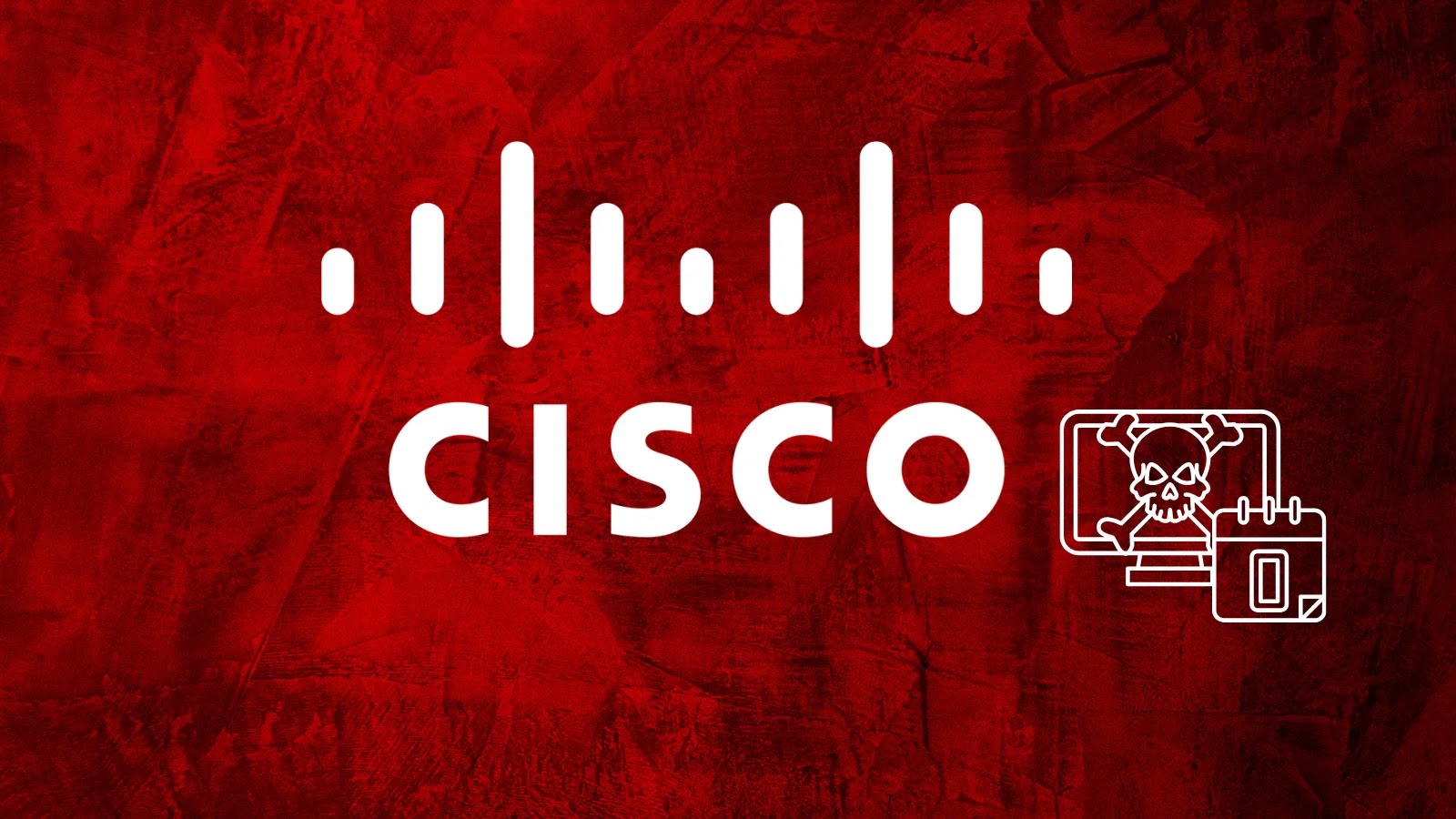
Cisco Warns of Hackers Actively Exploiting ASA and FTD 0-day RCE Vulnerability in the Wild
Urgent Cisco Warning: Actively Exploited 0-day RCE in ASA and FTD
The cybersecurity landscape has been rocked by an urgent advisory from Cisco. Threat actors are actively exploiting a critical remote code execution (RCE) vulnerability in their integral Secure Firewall Adaptive Security Appliance (ASA) and Threat Defense (FTD) software. This isn’t a theoretical threat; it’s a confirmed, in-the-wild exploitation that demands immediate attention from IT professionals and security teams relying on these widely deployed firewall solutions.
First publicly disclosed on September 25, 2025, this severe flaw, tracked as CVE-2025-20333, exposes organizations to significant risk, particularly those leveraging ASA and FTD for VPN access. The implications of an unpatched RCE vulnerability are profound, potentially allowing attackers to gain full control over affected devices, compromise network integrity, and access sensitive data. Understanding this vulnerability and implementing timely countermeasures is paramount to defending your digital infrastructure.
Understanding CVE-2025-20333: A Deep Dive into the Threat
The CVE-2025-20333 vulnerability represents a critical security bypass that allows unauthenticated remote attackers to execute arbitrary code on affected Cisco ASA and FTD devices. This RCE capability means an attacker can bypass security controls and inject malicious code, essentially taking over the firewall. Given that these devices often serve as primary network perimeters and VPN concentrators, a successful exploit could lead to:
- Network Compromise: Attackers could pivot from the firewall to internal networks, bypassing existing security measures.
- Data Exfiltration: Sensitive information transiting through or stored on the network could be accessed and stolen.
- Disruption of Services: Malware deployment, denial-of-service attacks, or complete system shutdowns become potential outcomes.
- VPN Access Compromise: For organizations using ASA/FTD for VPN, this vulnerability could expose VPN users and internal resources.
The “0-day” aspect of this vulnerability highlights its severity; it was being actively exploited by malicious actors before Cisco could release an official patch. This significantly narrows the window for defensive action and increases the urgency for organizations to respond.
Affected Cisco Products
This critical RCE vulnerability specifically impacts Cisco’s:
- Adaptive Security Appliance (ASA): A suite of security devices designed to protect data and network resources.
- Threat Defense (FTD): A unified software image that runs on Cisco Firepower appliances and provides advanced threat capabilities.
Organizations must identify if they are running these specific products and verify their software versions to determine their exposure to CVE-2025-20333.
Remediation Actions: Protecting Your Network
Given the active exploitation of CVE-2025-20333, immediate action is crucial. While Cisco is working on a permanent patch, the following steps are vital:
- Monitor Cisco Advisories: Keep a close watch on Cisco’s official security advisories and PSIRT (Product Security Incident Response Team) alerts for the release of a definitive patch. Apply it as soon as it becomes available.
- Implement Temporary Mitigations: Cisco often provides temporary workarounds or IPS signatures to detect and block exploitation attempts until a full patch is released. Implement these immediately. These typically involve configuring specific access control lists (ACLs) or advanced inspection rules.
- Isolate Vulnerable Systems: If immediate patching or mitigation is not feasible, consider isolating affected devices from the internet or critical internal segments until they can be secured.
- Review Logs for Suspicious Activity: Scrutinize logs from your ASA/FTD devices, as well as surrounding network infrastructure (SIEMs, IDS/IPS), for any indicators of compromise (IoCs) related to this vulnerability. Look for unusual access patterns, unexpected command executions, or abnormal resource utilization.
- Strengthen VPN Security: If your ASA/FTD devices are used for VPN, reinforce user authentication mechanisms, implement multi-factor authentication (MFA), and audit VPN logs rigorously.
- Perform Penetration Testing: Consider engaging external security experts to perform targeted penetration tests against your ASA/FTD deployments to identify potential exposure.
Tools for Detection and Mitigation
Security teams can leverage various tools to aid in the detection of exploitation attempts and bolster their defenses. While a direct patch is the ultimate solution, these tools provide valuable layers of security:
| Tool Name | Purpose | Link |
|---|---|---|
| Cisco Firepower IPS | Intrusion Prevention System for signature-based detection of known exploits. | Cisco Firepower NGFW |
| Security Information and Event Management (SIEM) Systems | Aggregates and analyzes security logs from ASA/FTD for anomalous activity and IoCs. | (Varies by vendor – e.g., Splunk, IBM QRadar) |
| Vulnerability Scanners (e.g., Nessus, Qualys) | Identifies unpatched vulnerabilities in network devices, including Cisco ASA/FTD. | Tenable Nessus |
| Network Traffic Analysis (NTA) Tools | Monitors network traffic for signs of RCE exploitation and post-exploitation activities. | (Varies by vendor – e.g., ExtraHop, Darktrace) |
Key Takeaways for Network Defenders
The active exploitation of CVE-2025-20333 in Cisco ASA and FTD devices is a critical event demanding immediate attention. Organizations must prioritize the following:
- Urgent Patching: Apply Cisco’s official patch as soon as it is released.
- Proactive Mitigation: Implement any interim workarounds or IPS signatures provided by Cisco.
- Vigilant Monitoring: Maintain a heightened state of awareness, continuously monitoring network and device logs for any signs of compromise.
- Communication is Key: Ensure your security teams are informed and prepared to respond to potential threats related to this vulnerability.
Maintaining a robust security posture requires continuous vigilance, especially when dealing with critical perimeter devices like firewalls. Stay informed, act swiftly, and secure your network against this severe RCE threat.





